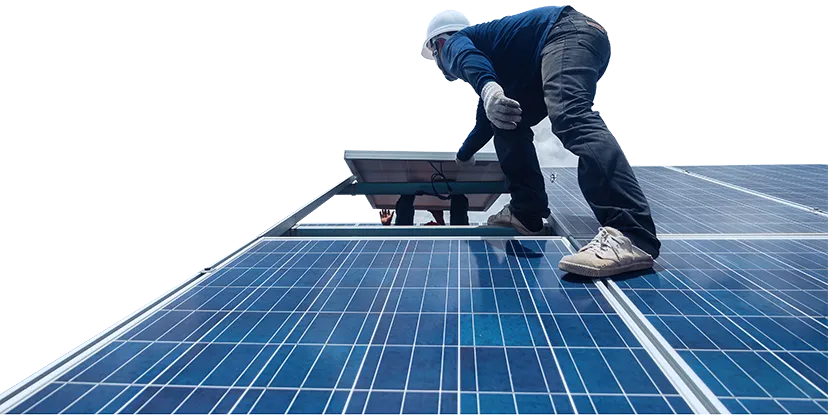
Renewable Energy Sources: A Step Towards a Sustainable Future
Introduction
Growing energy demand and the depletion of traditional fuel resources compel humanity to seek new, environmentally safe methods of electricity production. Renewable energy sources (RES) form the basis of sustainable development by helping to reduce negative environmental impacts and make energy systems independent and efficient. In this article, we will examine how the development of “green” energy contributes to lowering CO₂ emissions, conserving natural resources, and driving economic growth.
1. What Are Renewable Energy Sources?
RES are natural energy sources that are replenished naturally and are not depleted. These include:
- Solar energy – generating electricity using photovoltaic panels.
- Wind energy – using the kinetic energy of wind to turn turbines.
- Hydropower – producing electricity from the movement of water in rivers and dams.
- Bioenergy – obtaining energy from organic waste and biomass.
- Geothermal energy – using heat from the earth’s interior to generate electricity and provide heating.
Using these sources minimizes dependence on fossil fuels and significantly reduces harmful emissions.
2. Reducing CO₂ Emissions: The Key Contribution of RES
Global warming and climate change are direct consequences of greenhouse gas emissions from burning oil, gas, and coal. Transitioning to renewable energy can substantially cut these emissions.
Facts and figures:
- In 2023, RES helped avoid approximately 2.5 gigatons of CO₂, equivalent to the total emissions of India.
- Solar and wind energy together reduced air pollution by 29% in EU countries.
- By 2050, according to the International Energy Agency (IEA), shifting to green energy could reduce global greenhouse gas emissions by 70%.
For Ukraine, this is particularly relevant, as the share of RES in electricity production is growing. For example, in 2024, solar power covered over 6% of the country’s total electricity consumption, reducing fossil fuel use.
3. Conserving Natural Resources
Conventional energy generation consumes vast amounts of water and natural materials. For example, coal power plants use billions of cubic meters of water annually for cooling.
Environmental benefits of RES:
- Minimal water use. Solar and wind installations require almost no water, helping preserve water resources, especially in drought-prone regions.
- Reduced deforestation. Using biomass and other renewables lessens pressure on forests, which are often cleared for coal or oil extraction.
- Soil protection. Unlike coal mines that leave degraded land, solar farms can be installed without harming ecosystems.
4. RES and Energy Independence
Ukraine is gradually moving towards energy independence, with RES playing a key role.
Interesting facts:
- In 2024, Ukraine increased solar capacity by 800 MW, even under wartime conditions.
- 60% of new RES installations were by private households, indicating growing public interest.
- By 2030, the goal is for RES to account for 30% of Ukraine’s energy mix.
These developments not only reduce energy imports but also enhance grid stability.
5. The Future of “Green” Energy
Experts predict that by 2050, renewable sources will become the dominant method of electricity production worldwide.
Key trends:
- Increasing PV efficiency. New technologies (e.g., Maxeon 7) already achieve 24.9% efficiency, greatly improving solar energy utilization.
- Advances in energy storage. Battery systems are becoming cheaper and more efficient, allowing storage for night or cloudy days.
- Large-scale wind projects. Offshore wind farms in Europe and the USA provide stable energy generation.
For Ukraine, it is crucial to develop domestic technologies and attract international investment in RES.
Conclusion
Transitioning to renewable energy is both an ecological and economic advantage. Solar, wind, and other green technologies enable:
- Reducing CO₂ emissions and minimizing climate impact.
- Conserving natural resources by lowering water and fossil fuel use.
- Ensuring energy independence and national stability.
The faster the world and Ukraine adapt to new energy realities, the sooner we can build a sustainable and clean future. Renewable sources are not just the future—they are the present. 🚀






